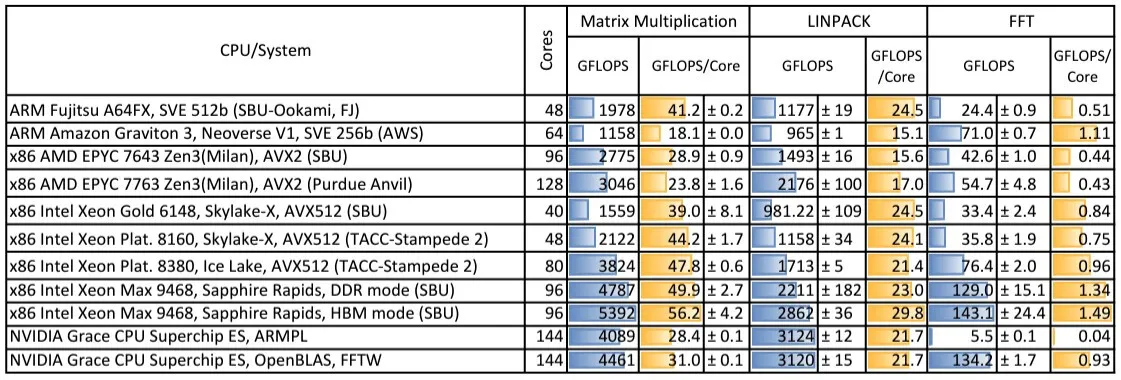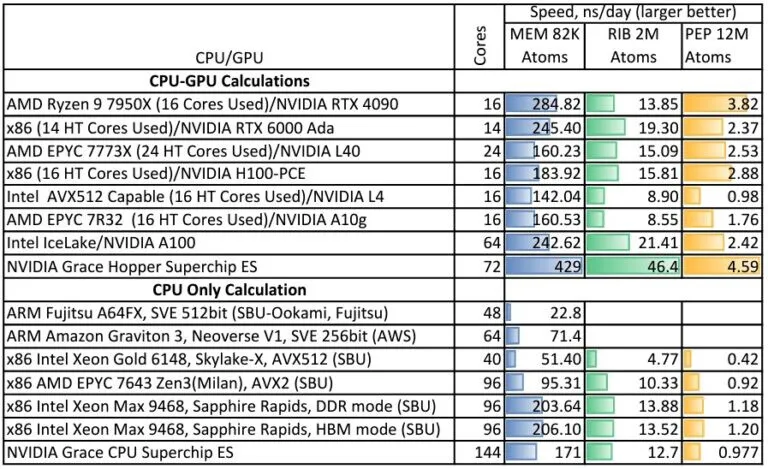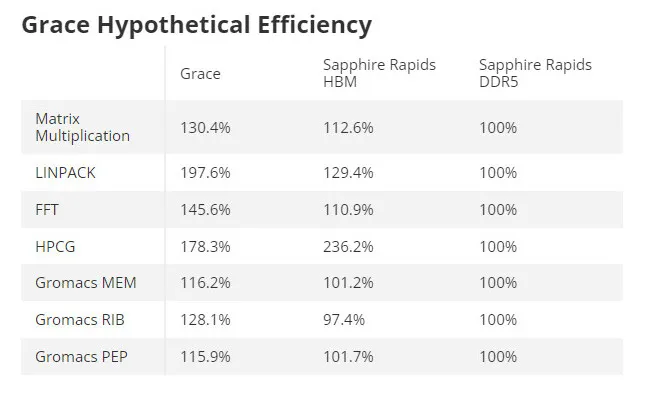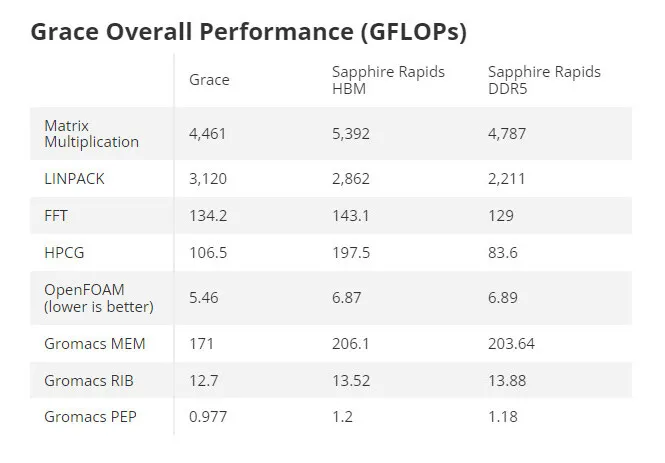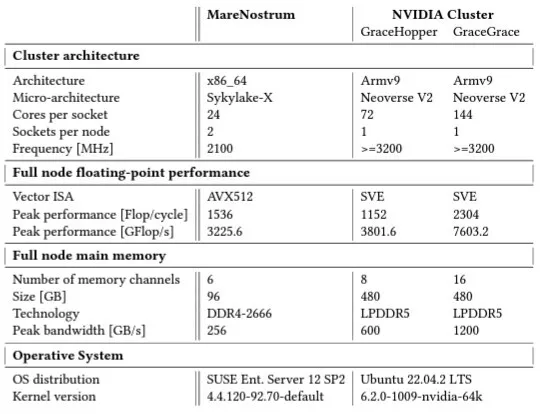The big reveal came at the HPC Asia 2024 conference in Nagoya, Japan, where BSC and the New York team laid out their findings for all to see, also making them available on the ACM Digital Library. BSC's setup was particularly eye-catching, with their MareNostrum 5 system showcasing an experimental cluster that teamed up two Grace CPUs into a superchip duo, dubbed Grace-Grace, and linked through NVLink. This setup didn't just talk the talk; it walked the walk with a whopping 144 Arm Neoverse "Demeter" V2 cores and a terabyte of memory, delivering top-notch performance that left the center's previous Intel Xeon-based MareNostrum 4 in the dust.
The State University of New York didn't stop there; they broadened the battlefield to include NVIDIA's Grace configurations and a host of rivals like Intel's Sapphire Rapids and Ice Lake, AMD's Milan, and ARM offerings from Amazon and Fujitsu. Tom's Hardware weighed in, tipping the scales in Grace's favor in many matchups, though Intel's Sapphire Rapids put up a good fight, particularly with its HBM mode. Despite that, Grace stood out for its efficiency, managing a lower TDP of 500 watts compared to Sapphire Rapids' 700 watts.
The Next Platform's take is that Grace's real edge comes into play when paired with Hopper GPUs, showcasing that even without the GPU boost, this CPU can go toe-to-toe with the best, including dual Xeon setups, in certain tasks. This underlines Grace's potential to redefine the landscape in HPC environments.

